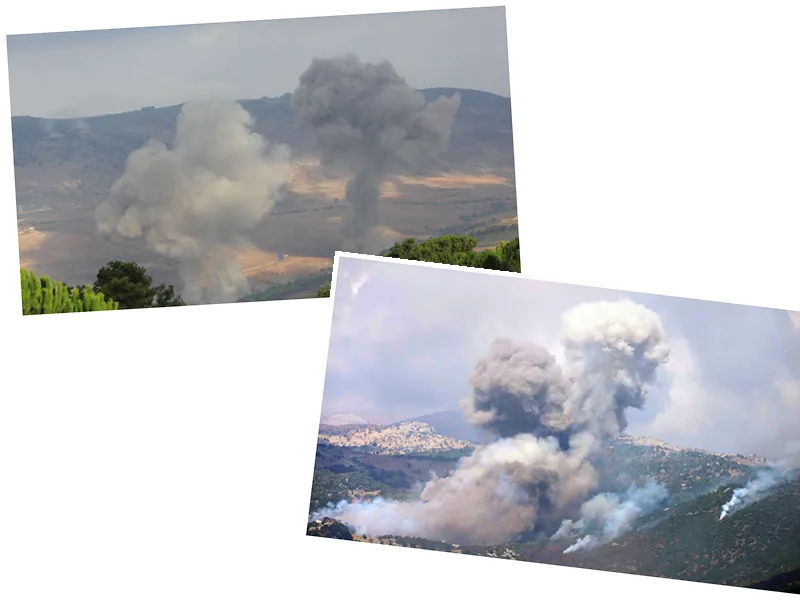Overview of Recent Attacks on Israel During Sukkot
On the third day of the Jewish Feast of Tabernacles, known as Sukkot, Israel faced significant military aggression from Hezbollah. An interactive map presented by Al Jazeera highlighted the extensive attacks, with more than 120 missiles and numerous drones launched from southern Lebanon towards various targets in Israel. Notably, these attacks included a strike on the residence of Prime Minister Benjamin Netanyahu in Caesarea, located north of Tel Aviv. The situation escalated as the northern regions of Israel became increasingly vulnerable to missile and drone strikes.
Targeted Areas and Military Response
The interactive map detailed key locations under threat, including sensitive sites such as the Glilot base, which houses the Israeli foreign intelligence agency Mossad and the crucial Unit 8200 of the Israeli military. Air raid sirens were activated in these areas, indicating the severity of the situation. Additionally, Hezbollah's missile strikes reached further areas, including Acre and the Krayot region near Haifa, with attacks also reported on the Binyamina base of the Golani Brigade. The ongoing conflict has prompted a robust response from Israeli defense forces, with air raids targeting multiple towns in southern Lebanon, particularly south of the Litani River.
Strategic Implications and Developments
The current hostilities have seen Hezbollah employing advanced tactics, utilizing swarms of drones in conjunction with missile barrages. This strategy appears designed to overwhelm Israel's Iron Dome defense system, which intercepts incoming missiles, leaving drone strikes to target critical infrastructure. The ongoing military engagements reflect a significant escalation in the conflict, raising concerns about regional stability and the potential for further military confrontations between Israel and Hezbollah.





